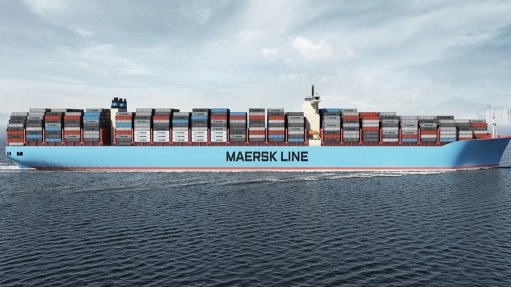
TRIPLE-EMaersk’s largest container ship named Mærsk Mc-Kinney Møller
Shipping company Maersk Line’s latest vessel, the Triple-E series, was recently named Maersk Mc-Kinney Møller at a ceremony at the Daewoo Shipbuilding & Marine Engineering (DSME) shipyard in Okpo, South Korea.
The ship bears the name of the late owner of the company, who passed away last year at the age of 98.
The Maersk Triple-E class is a family of large, fuel-efficient container ships, designed as a successor to the Maersk E-class ships. In February and June 2011, Maersk awarded DSME two $1.9-billion contracts to build 20 Triple-E ships.
The Triple-E vessels are the largest ships in the world and set new standards in the container industry – not only in size but also in energy efficiency and environmental performance. With unique design features for slower speeds and maximum efficiency, the vessels will emit 50% less carbon dioxide for each container moved than the current average emissions on the Asia–Europe route.
Maersk Line’s 20 Triple-E vessels will be phased in over the next couple of years on the existing route between Asia and Northern Europe.
Triple-E is derived from the class’s three design principles – economy of scale, energy efficiency and environmentally improved. These ships are expected to be the world’s largest ships in service as well as the most efficient container ships for each twenty-foot equivalent unit (TEU) of cargo.
Each ship is 400 m long and 59 m wide and can carry 18 000 TEU containers. With a draft of 14.5 m, the vessels are too deep to dock at any port in the Americas or cross the Panama Canal, but they will be able to transit the Suez Canal when sailing between Europe and Asia.
One of the main design features is the dual 32 MW ultralong stroke, two-stroke diesel engines, driving two propellers at a design speed of 35 km/h.
Slower than its predecessors, the Triple-E class uses a strategy known as slow steaming, which is expected to lower fuel consumption by 37%. The Triple-E design helped Maersk Line win a Sustainable Ship Operator of the Year award in July 2011.